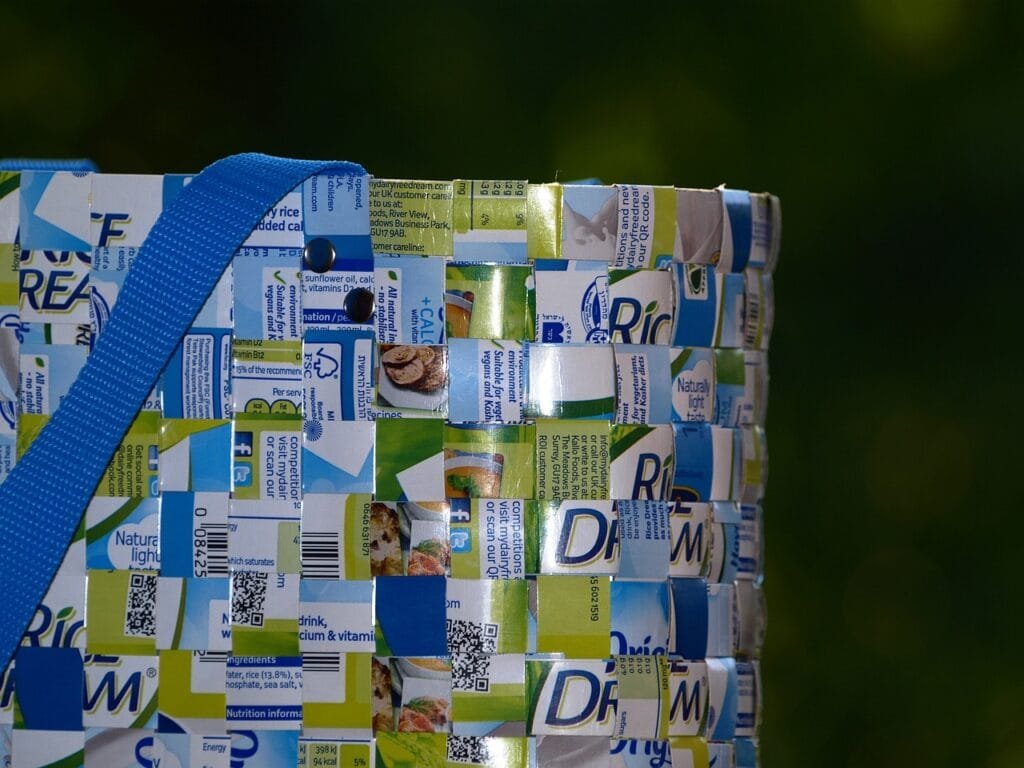Recycling is crucial for preserving our planet and ensuring a sustainable future.Here are some key reasons why:
• Protects natural resources: Recycling lessens the need to mine, clear forests, and preserve other natural areas by reducing the need to extract new raw materials.
• Conserves energy: Reusing materials can save energy compared to creating them from the ground up, which lowers greenhouse gas emissions.
• Decreases trash going to landfills: Recycling keeps garbage out of landfills, which helps keep the water and soil clean.
• Preserves the environment: recycling aids in lowering pollution of the air and water resulting from the extraction and refinement of raw materials.
• Supports job creation: The recycling sector boosts employment and boosts the national economy.
• Encourages the circular economy: The circular economy, which minimizes waste and maximizes resource efficiency, is based on recycling.
Recycling myths
There are many misconceptions about recycling that can hinder our efforts to protect the environment. Let’s debunk some of the most common ones:
Myth 1: If it has a recycling symbol, it’s recyclable.
Reality: While the recycling symbol indicates the type of plastic, it doesn’t guarantee recyclability. Local recycling programs vary, so it’s essential to check what items are accepted in your area.
Myth 2: Paper towels and tissues can be recycled.
Reality: These items are often made from lower-quality paper and can contaminate recycling streams.
They should be composted if possible; otherwise, they belong in the trash.
Myth 3: Wishcycling (hoping something is recyclable) is okay.
Reality: Putting non-recyclable items in the recycling bin contaminates the whole batch, making it less valuable or even unrecyclable.
Myth 4: Recycling is too complicated to bother with.
Reality: While there are nuances, recycling basics are straightforward. Many communities provide clear guidelines. Start with easy items like paper, cardboard, and aluminum cans.
Myth 5: Recycling doesn’t make a difference.
Reality: Every recycled item reduces the need for new materials, conserving resources and energy. Collective efforts can significantly impact the environment.
Myth 6: All plastics are recyclable.
Reality: Different types of plastics have varying recyclability. Some, like those with the #7 symbol, are often not accepted. Check the local guidelines.
Myth 7: Recycling is always profitable.
Reality: While recycling can generate revenue, market fluctuations and contamination can affect profitability. The environmental benefits often outweigh the financial ones.
Myth 8: It’s better to throw recyclables in the trash than contaminate the recycling bin.
Reality: Contamination reduces the value of recyclable materials. Many facilities have strict guidelines, and contaminated batches might end up in landfills.
Want to be a recycling champion?
- Check your local recycling guidelines.
- Rinse food and liquid residue from containers.
- Avoid plastic bags in recycling bins (they can damage sorting equipment).
- Consider reducing consumption and reusing items whenever possible.
By understanding these myths and taking small steps, you can contribute to a more sustainable future.

